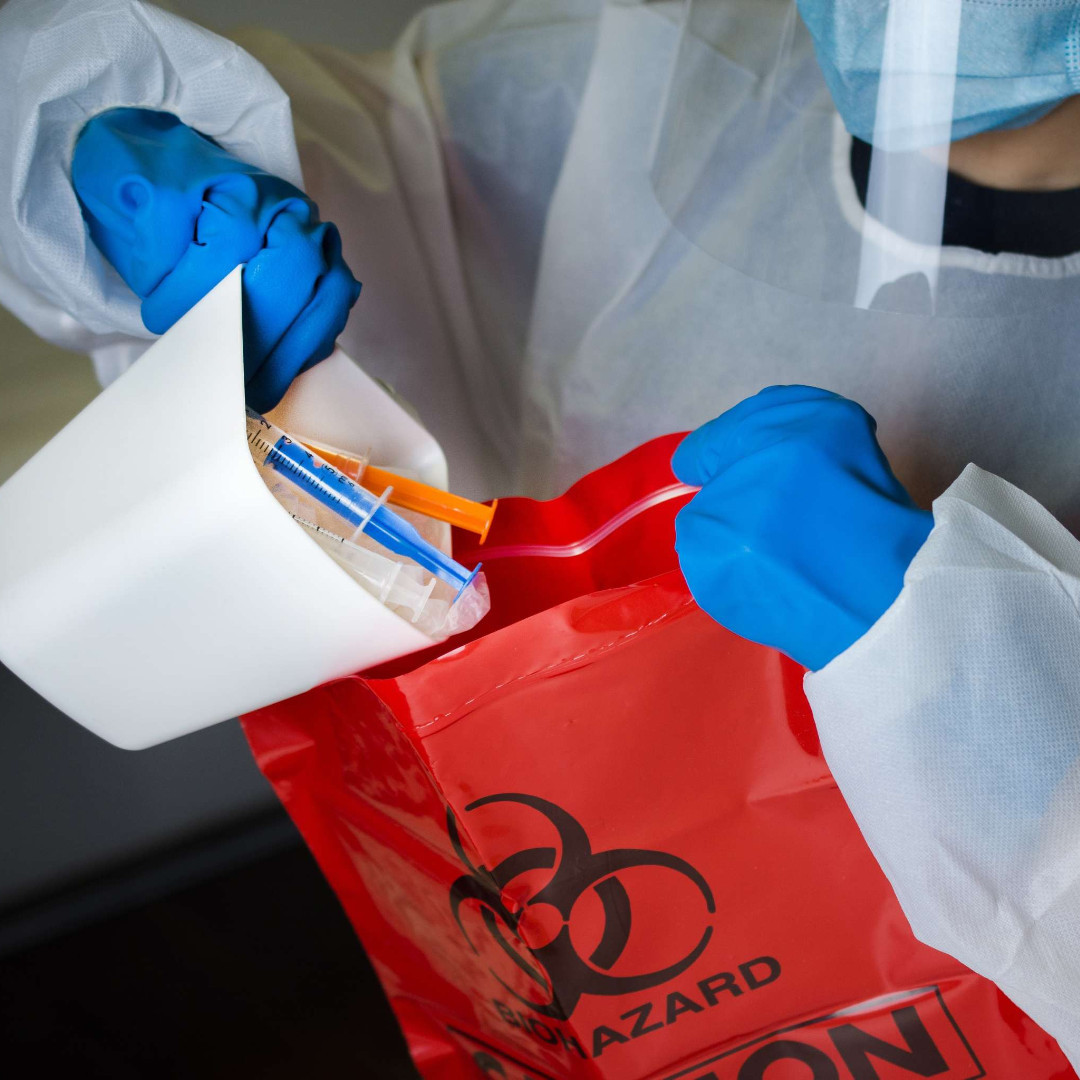In many healthcare facilities, nurses are the employees with the most direct contact with patients. They are the ones holding a woman’s hand and providing emotional support during labor. They are the ones changing dressings and swapping out bedpans. They are the ones comforting family members during a loved one’s health battles. This also means they are often the target of patient violence. Healthcare employees, particularly nurses, are at an increased risk for workplace violence. Since this issue isn’t going away, nurses must prepare themselves for the possibility of workplace violence through education and training. Here are 8 workplace violence prevention strategies for healthcare professionals:
1. GET INVOLVED AT YOUR FACILITY
According to OSHA, employee involvement is essential to the success of any workplace violence prevention programs. At a minimum, it is recommended that nurses do the following: become familiar with the organization’s workplace violence prevention program and policies, attend personal safety training programs offered by the organization, participate in safety, health and security committees, participate in employee complaint or suggestion procedures and report violent incidents promptly and accurately
2. DRESS FOR SAFETY
The way healthcare professionals dress can help improve their safety. NIOSH recommends: removing anything that could be used as a weapon or taken by someone, hair should be tied back so it cannot easily be pulled, avoiding wearing earrings or necklaces that could be pulled, wearing clothing that isn’t too loose or too tight (overly loose clothing could get caught on something and overly tight clothing can restrict movement) and use breakaway safety cords or lanyards for name tags, keys, etc.
3. BE AWARE OF YOUR WORK ENVIRONMENT
As with any places we go, being cognizant of our surroundings can dramatically improve our safety. Being aware of both static (room configuration, doors, lighting, workstations) and changing (weather, noise levels, staffing levels) risks is key. Particularly, NIOSH urges healthcare professionals to be aware of the following: note exits and emergency phone numbers when changing work areas; confusion, background noises and crowding can increase stress levels; meal times, shift changes and patient transports are all times of increased disruptive behavior.
The course also provides a checklist for identifying environmental risk factors for violence.
4. BE AWARE OF PATIENT BEHAVIORS
Since an estimated 80% of violence against nurses is committed by patients, being attuned to patient behavior that could be a precursor to violence is critical. Some possible verbal cues indicators of violence include speaking loudly or yelling, swearing and threatening tone of voice.
5. BE ATTUNED TO YOUR OWN RESPONSES
Being aware of our own feelings and responses to certain situations can affect the outcome. NIOSH says to pay attention to instincts. For instance, a “fight or flight” response could be an early warning sign of looming danger and an indicator to get help or to leave. An important aspect of violence prevention is being aware that the way we express ourselves can influence how people respond to us, as can our personal history. For example, a personal history of abuse might affect how one responds to a potentially threatening situation. NIOSH also recommends being aware of your body. Overtiredness can greatly affect response to a hostile situation.
6. CHECK YOUR SOCIO-CULTURAL BIASES
Another important aspect of self-awareness is recognizing how cultural background shapes the way we view the world. These views can affect how we respond to patients and co-workers, and in turn, affect how they respond to us. For instance, says NIOSH, misunderstandings stemming from language barriers can increase a patient’s anxiety to the point where physical attacks are their only way to communicate frustration or pain.
7. USE VIOLENCE RISK ASSESSMENT TOOLS
Healthcare organizations should have violence risk assessment tools that can be used to evaluate individuals for potential violence. These tools are a common frame of reference and understanding for healthcare providers and can minimize the likelihood of misinterpretation a person’s potential for violence.
8. SAFETY IN NON-INSTITUTIONAL HEALTHCARE SETTINGS
Healthcare organizations have a responsibility to establish protective policies for staff working outside of the facility, such as in-home care settings. NIOSH recommends the following safety checklist for non-institutional healthcare settings: review agency files to confirm a background check was done on a patient; check to see if a patient’s family member has a record of violence or arrest; if entering a situation already assessed over the phone as potentially dangerous, you should be accompanied by a team member who has training in de-escalation and crisis intervention; always have a cell phone; be sure someone knows where you are.
The Center for Disease Control and Prevention’s National Institute for Occupational Safety and Health (NIOSH), the federal agency responsible for conducting research to find effective ways to reduce workplace injuries and illnesses through training, has many prevention resources for all sorts of employees, including those in retail, construction and healthcare.
One very helpful resource is this completely free violence prevention course to help healthcare workers better understand the scope and nature of violence in the workplace. It includes definitions, statistics, risk factors, prevention strategies for organizations and prevention strategies for nurses.
Perhaps most helpful within the course are scenario-based training exercises that include people acting out a hospital security incident. In one scenario, a patient makes a sexual advance at a nurse. In another, a home health nurse is threatened by a patient. In a third, a post-partum nurse is assaulted by a patient’s family member. You can check out all of the case studies here. Each example includes incident details, visuals, a video clip, appropriate responses and a quick quiz on your learnings.
While the prevention strategies provided by NIOSH are directed towards nurses, all healthcare employees can benefit from them. View this article’s slideshow to see how you can protect yourself.
This post, The National Institute for Occupational Safety and Health (NIOSH) recommends healthcare professionals following these eight practices to protect themselves, first appeared on https://www.campussafetymagazine.com.











